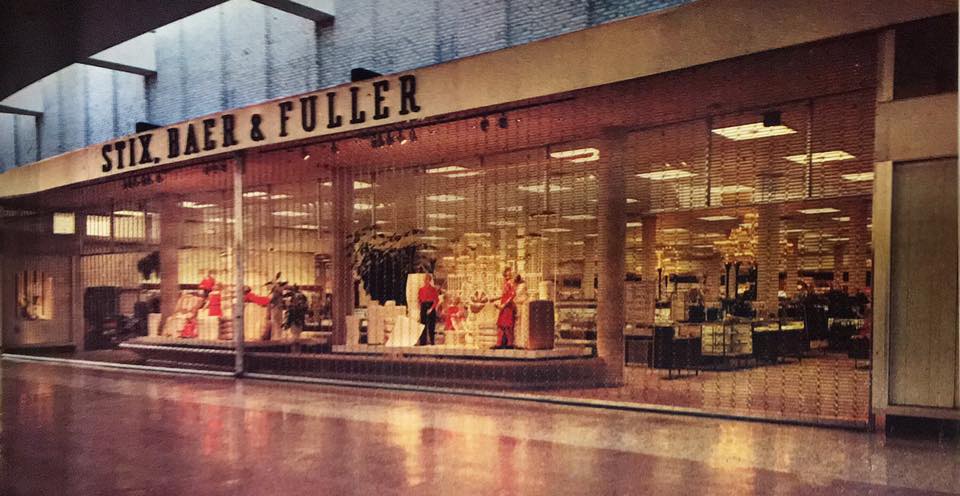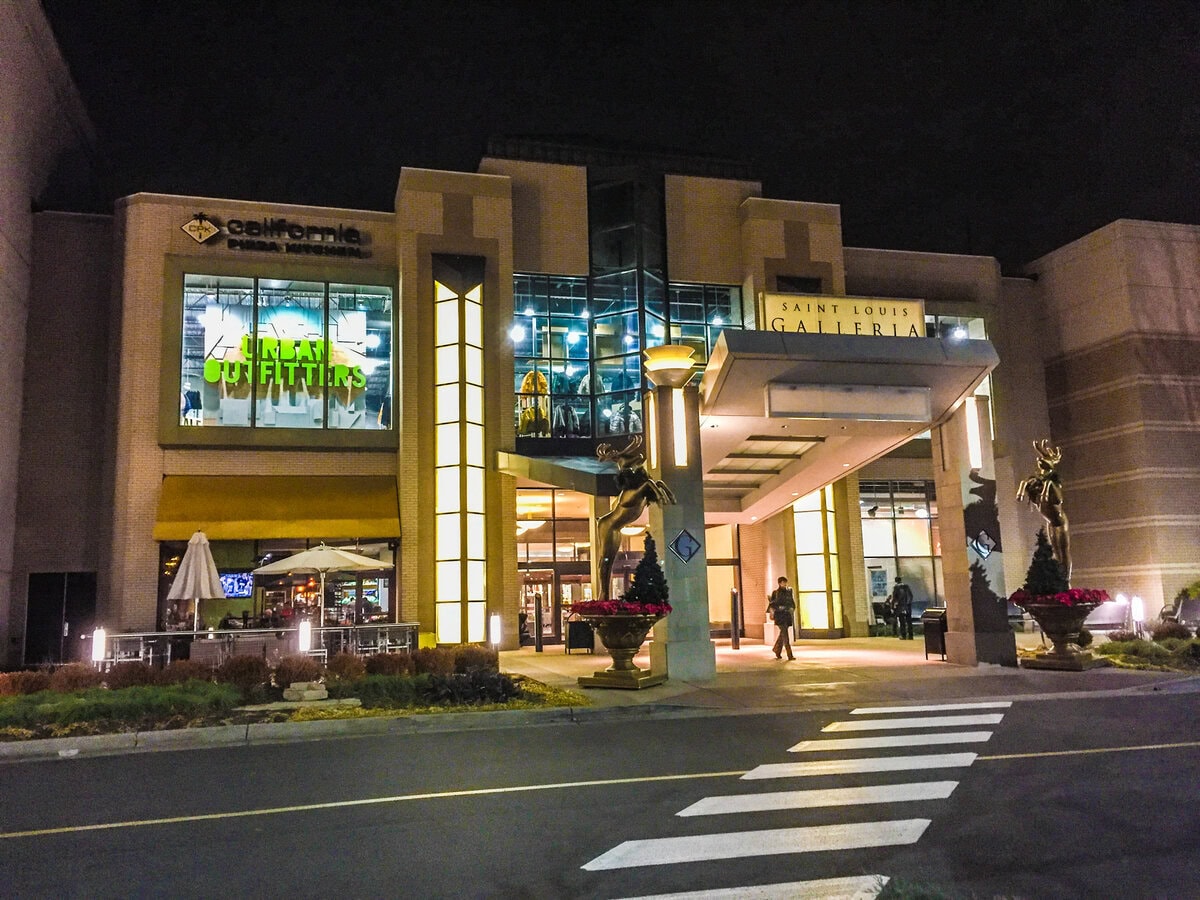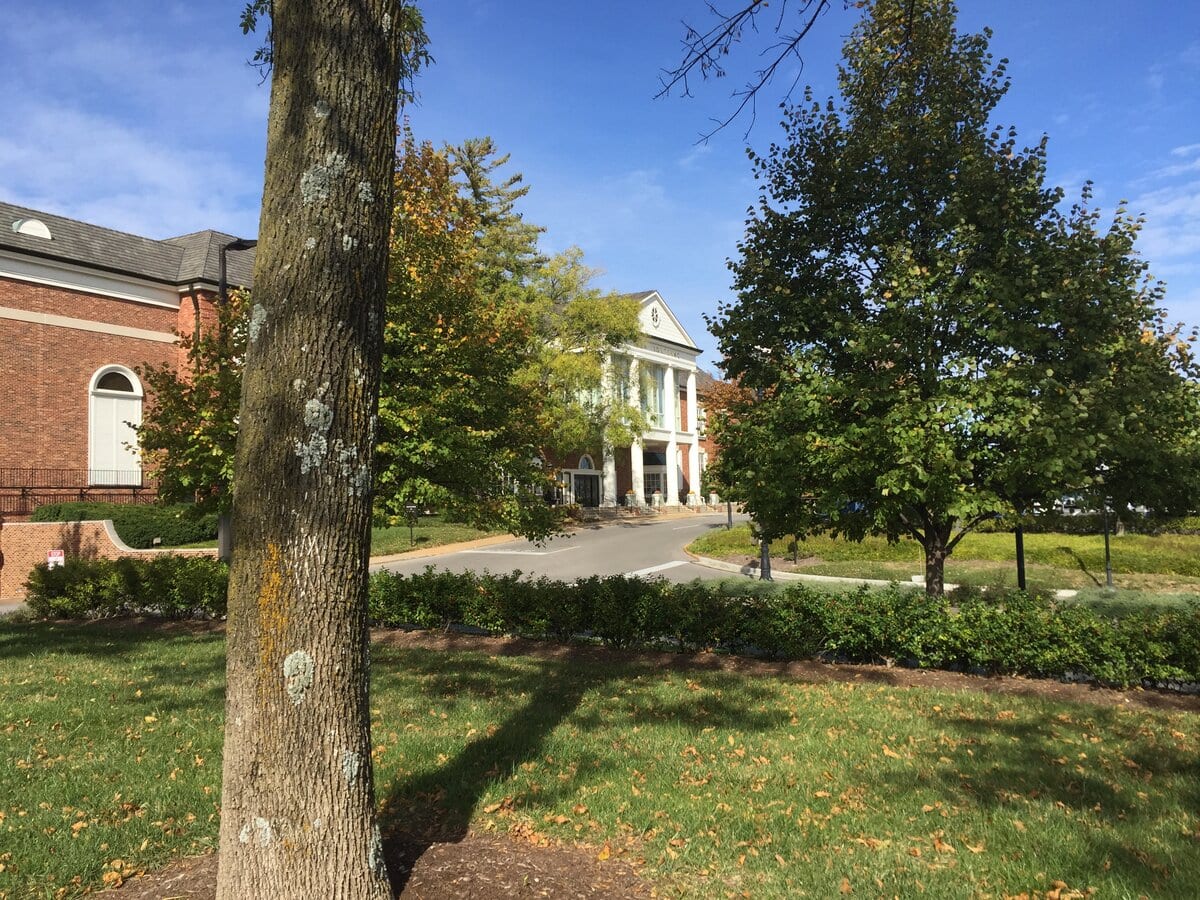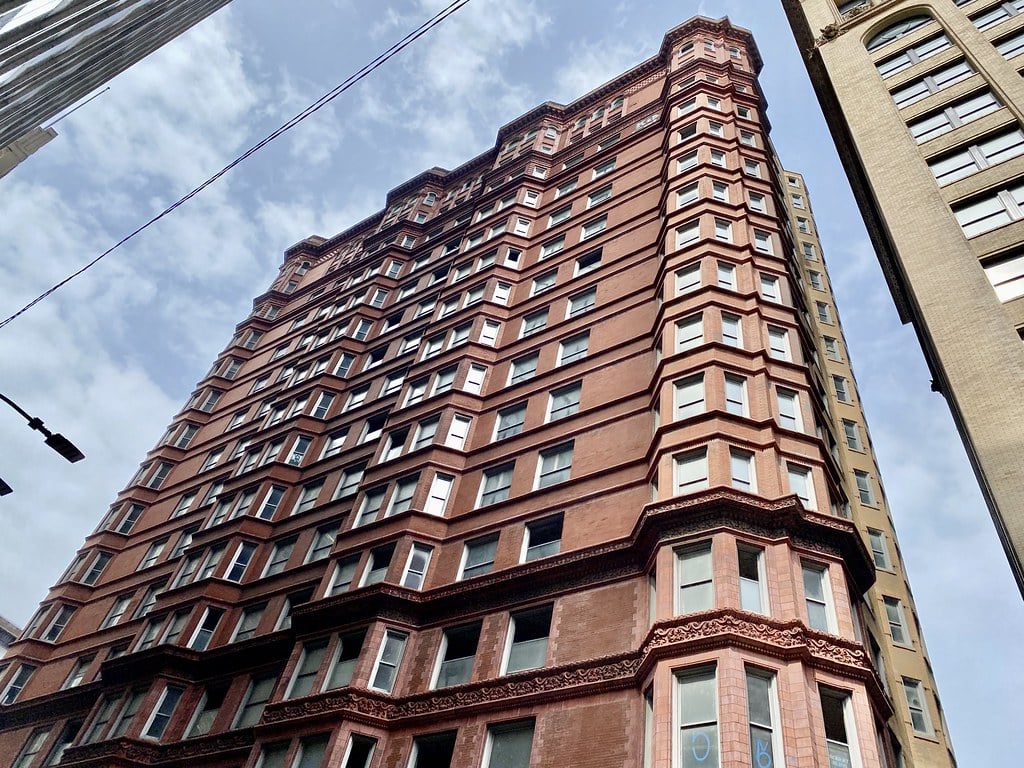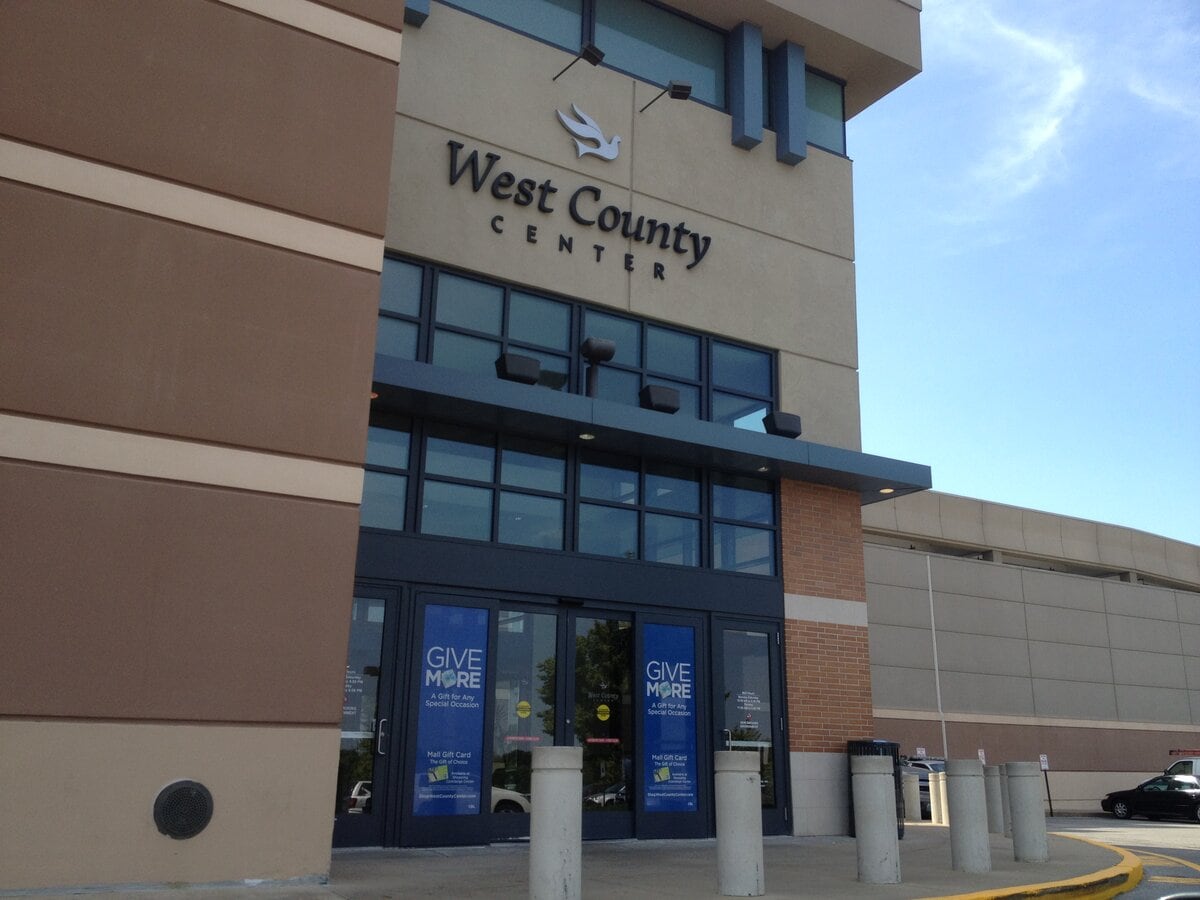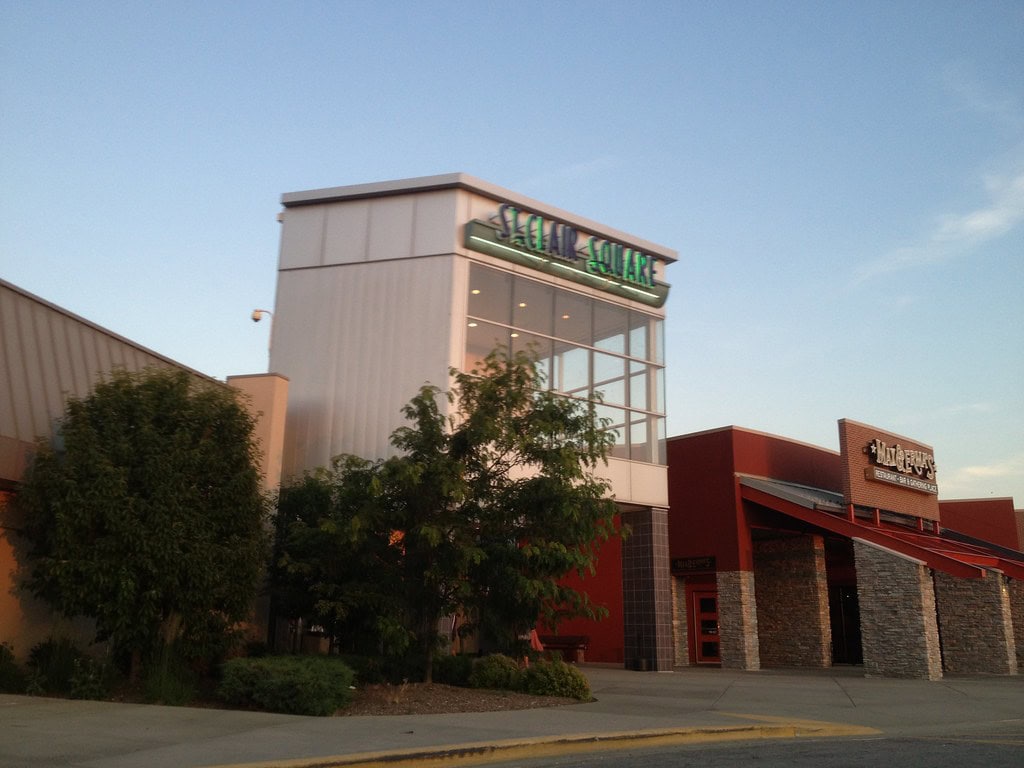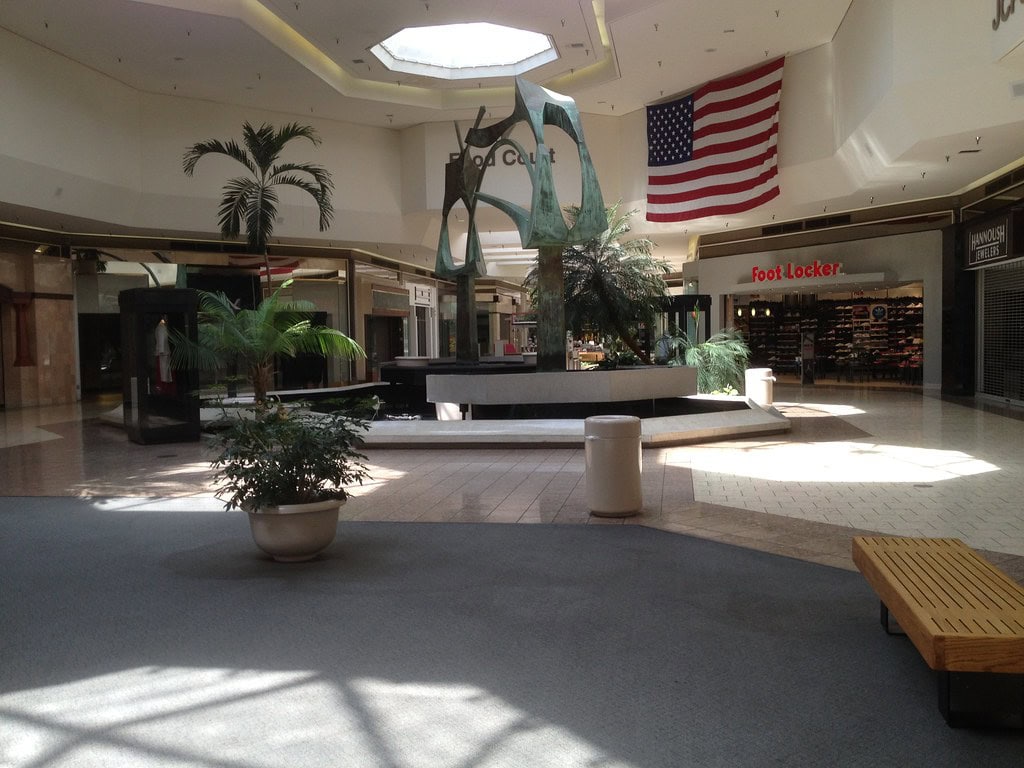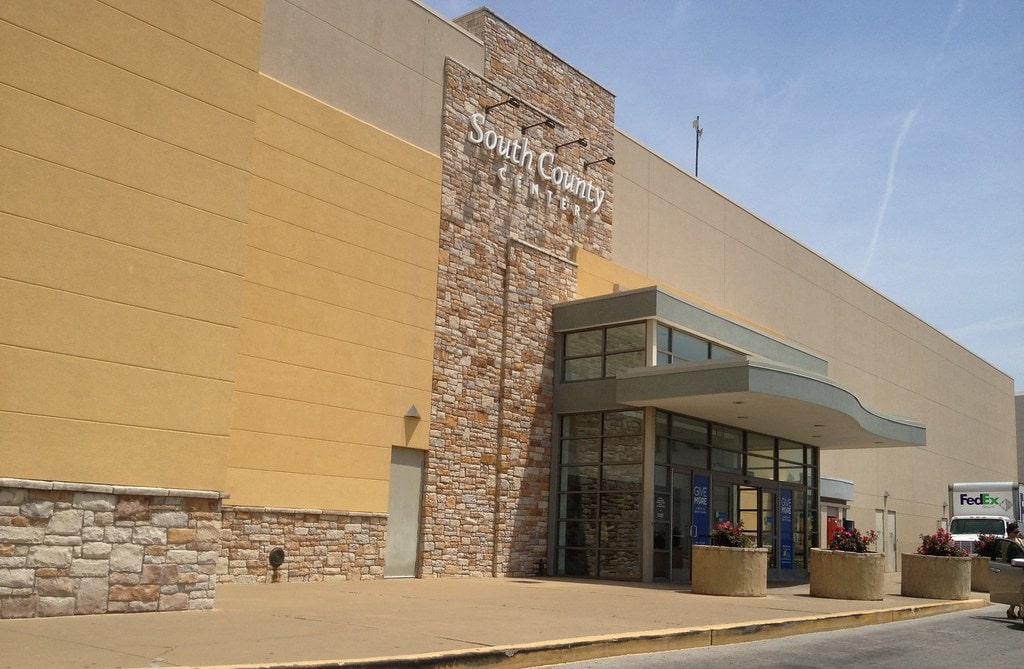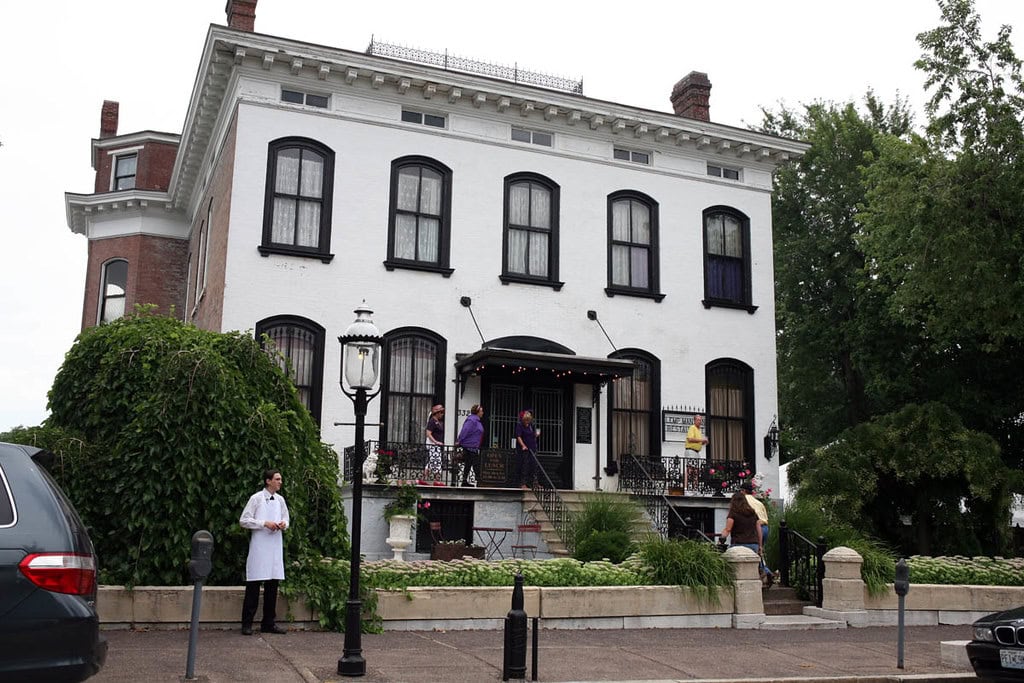Plaza Frontenac opens with two anchors
Before the mall existed, the site in Frontenac held oak trees and a steeplechase course used by the Bridlespur Hunt Club, founded in 1927.
The Desloge family bought the land in the 1940s, later selling development rights to a physicians' group that, in turn, transferred the project to Capitol Land Company.
By the early 1970s, Capitol Land planned a two-level enclosed shopping center near Interstate 64 and Lindbergh Boulevard, designed to serve St. Louis's growing western suburbs.
Developers chose a colonial architectural style with white brick and formal symmetry.
Fountains, wood floors, and wide staircases defined the interior.
Neiman Marcus joined the plan during its national expansion, and Saks Fifth Avenue agreed to move its St. Louis store from the Central West End.
Together, they gave the new complex a clear luxury identity even before construction ended.
Plaza Frontenac opened in 1974 with both anchors in place.
Early press and business directories described a refined shopping center positioned for high-end fashion and home goods.
Visitors entered through landscaped courtyards and gathered around the fountains beneath the twin staircases.
By the end of its first year, the mall was fully open with its two anchors trading, and its design firmly set the tone for decades to come.
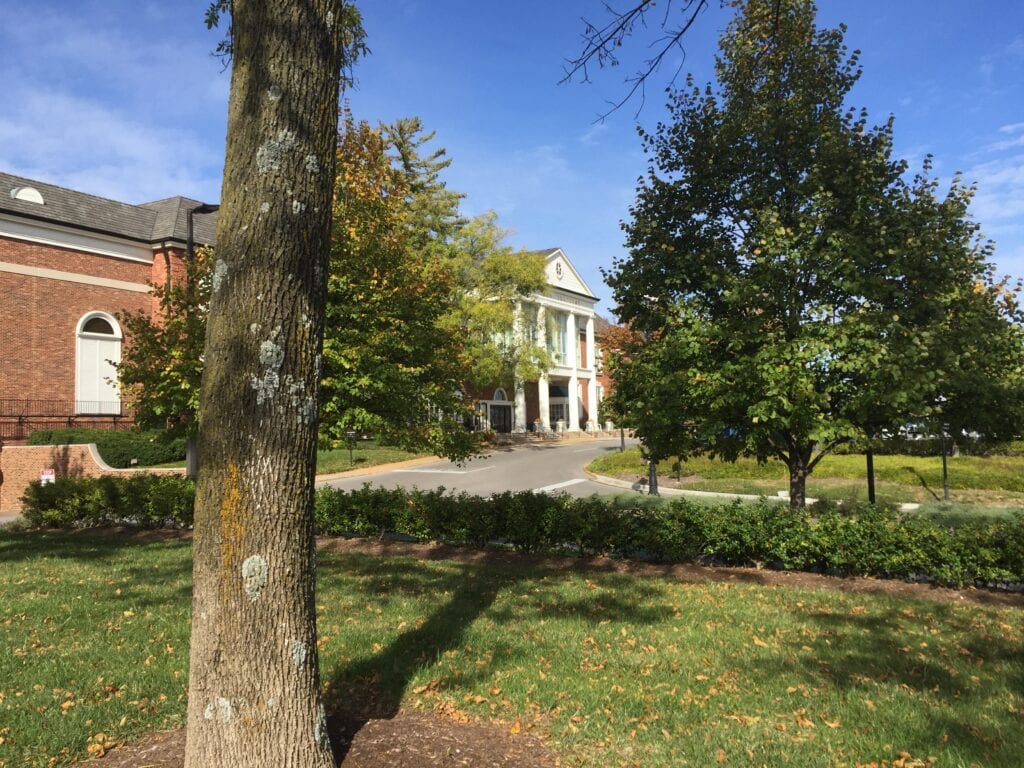
Holding the luxury line as rivals grow
From 1974 through the early 1990s, Plaza Frontenac held its place as a small but steady luxury mall.
Saks Fifth Avenue and Neiman Marcus stayed as the anchors while the interior boutiques sold apparel, shoes, and home goods.
The enclosed concourses and wood floors gave the center a calm rhythm that contrasted with the larger, busier shopping centers spreading across the region.
The center's catchment widened as highways improved, drawing shoppers from a greater distance.
Its two anchor stores remained the only Neiman Marcus and Saks Fifth Avenue in the St. Louis area, keeping the plaza in a distinct tier of the retail market.
Smaller tenants rotated, but the overall plan changed little.
By the mid-1980s, new regional malls appeared, and the St. Louis Galleria's 1992 expansion brought more modern department stores and food courts.
Plaza Frontenac's position began to look dated beside the newer complexes.
Leasing stayed strong, but the tone shifted toward preservation rather than growth.
At the start of the 1990s, ownership and local planners began discussing upgrades to refresh the property's image and circulation.
Those plans would culminate in a full remodel that aimed to redefine the experience for the next generation of luxury shoppers.
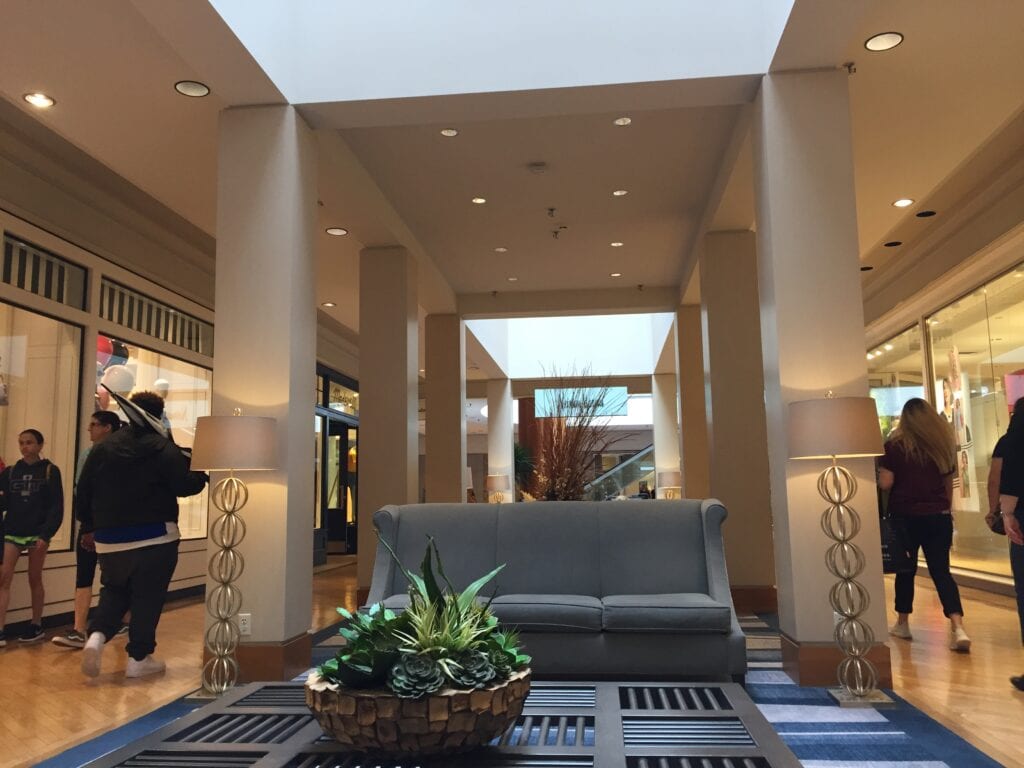
Repositioning with amenities and an art focus
A major renovation unfolded in the mid-1990s.
By 1994, a team from HOK, including Michael Mindlin and David Suttle, led the redesign that gave Plaza Frontenac new life.
They replaced finishes, added warm lighting, and installed upgraded hardwood floors.
The goal was to turn the quiet interior into an elegant but active social space.
That same year, Cardwell's at the Plaza opened along the main level as a sit-down restaurant where visitors could linger over lunch.
It joined the growing trend of bringing dining into enclosed malls.
Lounges and women's restrooms were expanded, and new seating areas appeared beneath restored chandeliers.
In 1998, the Landmark art-house cinema opened with six auditoriums on the upper level.
It drew moviegoers who stayed to browse or eat afterward, creating steady evening traffic the mall had not seen before.
By the decade's close, the center had transformed from a conventional mall into a hybrid of retail, dining, and entertainment.
Its upgraded interiors and cultural venues set a model for luxury-oriented malls that followed.
The next chapter would bring outparcel restaurants and a sale to institutional investors.
Outparcels and a sale to institutional owners
Through the 2000s, Plaza Frontenac operated with high occupancy while adding restaurants along its perimeter.
Two outparcels were built near the main entrances, increasing the overall leasable area to about 482,000 square feet.
These additions extended dining and café space beyond the enclosed mall and provided new street visibility.
By 2010, the property was held by Davis Street Landing Company.
The following year, ownership changed again when General Growth Properties and the Canada Pension Plan Investment Board bought the center through a joint venture, splitting control at 55 and 45 percent.
Reports around the transaction placed sales near $500 per square foot with roughly 96 percent of space leased beyond the anchor stores.
During this period, national retailers joined the lineup.
Madewell and Athleta arrived around 2013, and by 2014, new brands such as Tory Burch, Mitchell Gold + Bob Williams, and David Yurman were open.
Vineyard Vines launched its first Missouri location, and Louis Vuitton expanded its existing boutique.
At the end of this cycle, Plaza Frontenac was fully leased and operating as a premier mall in the metro area.
Soon, Brookfield's acquisition of GGP would shift its management to a new global owner.
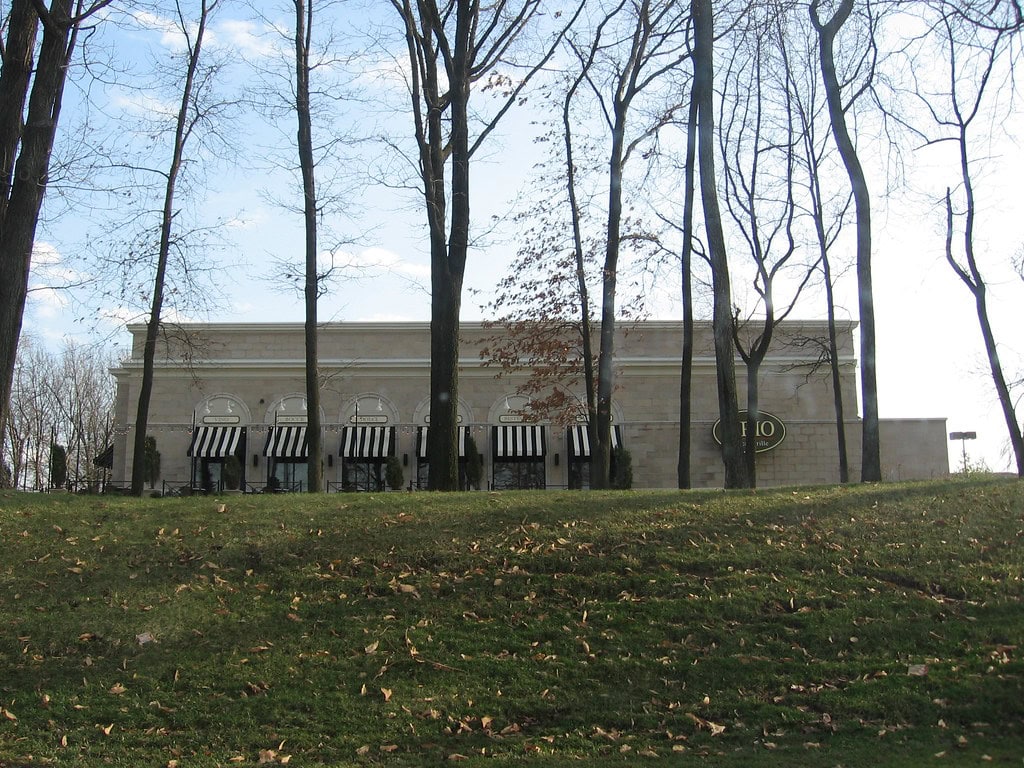
Brookfield era and fresh luxury leasing
Brookfield's 2018 acquisition of General Growth Properties placed Plaza Frontenac under Brookfield Properties management in partnership with the Canada Pension Plan Investment Board.
The transition kept the mall's operations intact while integrating it into a larger portfolio of high-performing assets.
Under Brookfield's direction, the property maintained its two-level format and upscale identity.
Management focused on lease renewals and visual standards rather than structural change.
Stores refreshed interiors to align with updated brand designs, and the overall presentation remained consistent with the plaza's long-standing image.
In 2023, Gucci opened a full boutique after years of operating as a smaller shop within another store.
The addition marked the latest in a series of premium leases that continued to fill the concourses with global names.
By late 2023, Plaza Frontenac remained an active, enclosed luxury center anchored by Saks Fifth Avenue and Neiman Marcus.
Its consistent performance under Brookfield management set a steady base for the next period, when its long-running cinema tenant would face legal and financial trouble.
Lawsuit and cinema closure
Legal documents filed in late 2024 shifted attention to the mall's upper level.
On December 4, 2024, the landlord initiated an eviction case against the operator of Plaza Frontenac Cinema, claiming more than $274,000 in unpaid rent.
The theater had been open since 1998, making it one of the mall's most durable tenants.
In mid-February 2025, the operator issued a letter announcing the final screenings would take place on February 23, with doors closing permanently on February 28.
The lawsuit and missed payments had brought the operation to an end.
The last shows ran quietly that final weekend, ending nearly twenty-seven years of film screenings in the building.
Within days, the box office was shuttered and signage removed.
The upper-level corridor, once busy with theater crowds, fell silent.
At the beginning of March 2025, the cinema space stood vacant, and ownership began marketing the space for new tenants.
The quick move to release the space would lead directly to the next leasing announcements later that year.
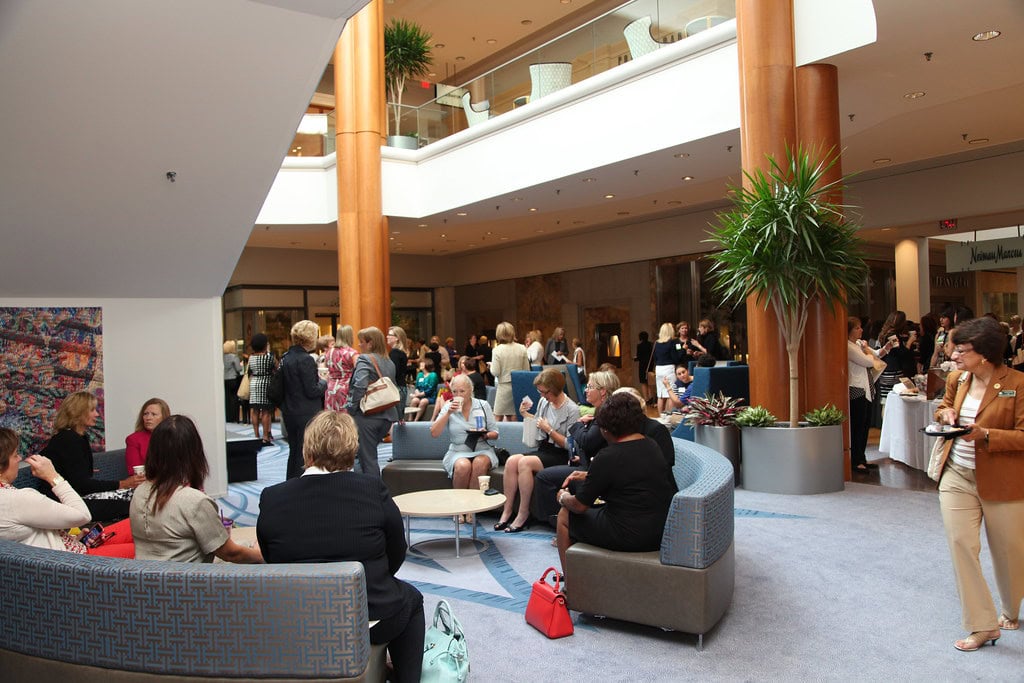
Backfilling the theater and the present state
In July 2025, reports confirmed that Talbots and Abercrombie & Fitch would take over the former cinema area, with openings scheduled by the end of the year.
Construction walls went up as crews divided the space for the two new stores.
The project was the centerpiece of the mall's midyear leasing activity.
By early October 2025, Abercrombie's corporate site listed its Plaza Frontenac store with posted business hours, showing that at least one of the replacements had opened.
Talbots' opening was still pending but publicly announced.
Meanwhile, a city planning document released in May 2025 referenced recently approved Business District 2 zoning that allows mixed-use redevelopment on 25 acres of commercial property near Plaza Frontenac and City Hall.
Although no timeline was stated, the change opened the door for future construction in the immediate area.
As of fall 2025, Plaza Frontenac remains open and trading, with Saks Fifth Avenue and Neiman Marcus still in place and new retailers joining its roster.
Work continues inside the former theater zone, signaling another quiet transition in the mall's long operating life.

